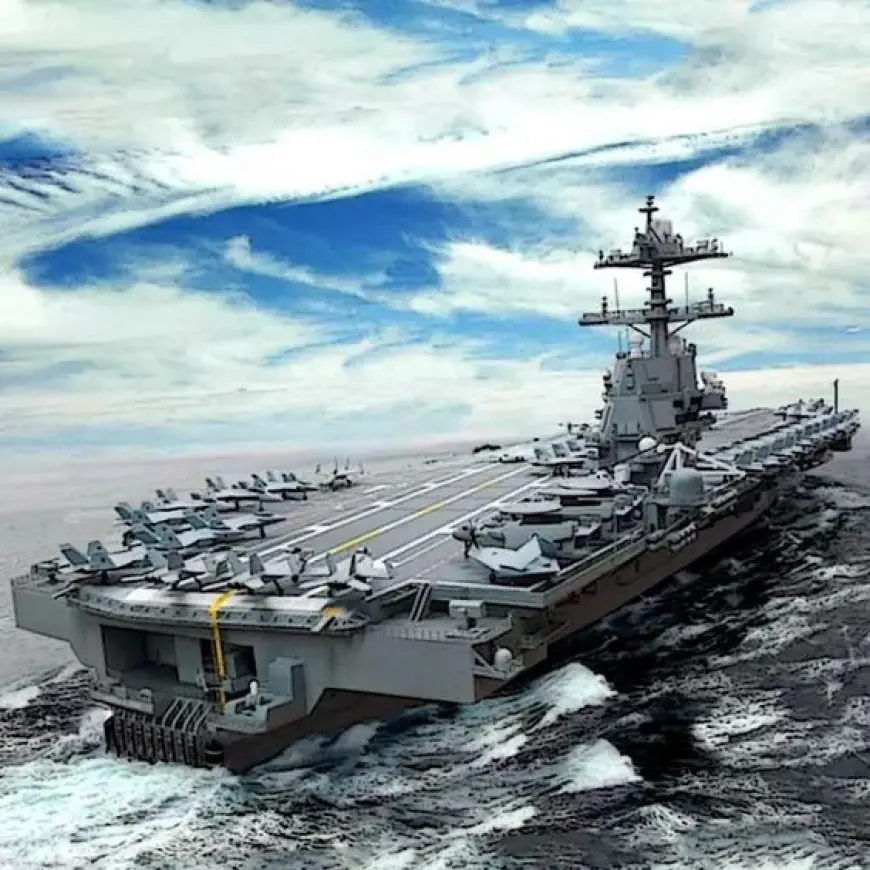10 Essential Navy Current Affairs for 2025 Shaping Global Maritime Security
As we navigate through 2025, the naval landscape is undergoing transformative changes. From cutting-edge technologies to heightened geopolitical tensions, discover the 10 essential navy current affairs shaping defense strategies and maritime security worldwide. Stay informed, stay ahead.

In the ever-evolving world of maritime defense, 2025 marks a pivotal year for navies across the globe. Rapid technological innovations, rising geopolitical tensions, and renewed focus on sustainability are reshaping naval priorities. For TheVeza, we bring you the 10 Essential Navy Current Affairs for 2025—a comprehensive look at the trends, events, and transformations that are commanding the waves this year.
1. The Rise of Autonomous Naval Vessels
One of the most significant developments in navy current affairs 2025 is the growing deployment of autonomous ships and submarines. Countries like the U.S., China, and the UK are investing heavily in unmanned surface vessels (USVs) and unmanned underwater vehicles (UUVs). These cutting-edge assets enhance surveillance, mine detection, and even combat operations without risking human lives.
2. Blue Economy & Green Navy Initiatives
Sustainability has entered the naval sphere. The emphasis on eco-friendly operations, including hybrid propulsion systems, reduced carbon footprints, and green ship designs, is gaining momentum. Navies are aligning with global environmental goals while maintaining operational effectiveness—making sustainability a central navy current affair in 2025.
3. Tensions in the Indo-Pacific Region
Geopolitical friction in the Indo-Pacific, particularly around the South China Sea and Taiwan Strait, continues to escalate. Strategic naval deployments, joint military exercises, and freedom of navigation operations remain focal points for global powers. This ongoing issue shapes much of the world's naval readiness and is a top navy current affairs topic this year.
4. The Modernization of Submarine Fleets
Submarines remain the silent guardians of the seas. In 2025, many nations are enhancing their undersea capabilities through nuclear-powered attack submarines (SSNs) and ballistic missile submarines (SSBNs). With stealthier designs and improved endurance, these assets are redefining underwater warfare.
5. Cybersecurity & Electronic Warfare at Sea
As navies become more digitally interconnected, cybersecurity and electronic warfare are now critical domains. Naval fleets are investing in advanced defense systems to thwart hacking, jamming, and electronic espionage—issues that could render even the most powerful vessels vulnerable.
6. Hypersonic Missile Integration
2025 sees the operationalization of hypersonic weapons on naval platforms. With speeds exceeding Mach 5, these missiles can outmaneuver traditional defense systems, dramatically changing the calculus of naval warfare. Nations like Russia, the U.S., and China are leading this race.
7. Strengthening NATO Maritime Alliances
In response to evolving global threats, NATO naval forces are undergoing unprecedented cooperation and expansion. Joint exercises, shared intelligence, and interoperability are key navy current affairs as the alliance seeks to project power and maintain maritime dominance.
8. Maritime Piracy & Security in Africa and Asia
While high-tech threats dominate headlines, piracy and maritime crime remain pressing challenges. Regions such as the Gulf of Guinea and the Strait of Malacca see continued naval patrols and international collaboration to combat piracy, smuggling, and human trafficking.
9. Arctic Naval Competition
Climate change is unlocking new maritime routes in the Arctic, leading to increased competition over access and control. Countries including Russia, Canada, and the U.S. are expanding their Arctic naval capabilities, making this a key theater of future naval operations.
10. Naval Training & Human Capital Development
With advanced technology transforming warfare, navies are investing in high-tech training programs and human capital development. Simulation-based learning, AI-driven training, and mental resilience are crucial in preparing sailors for the complexities of modern naval operations.
Conclusion:
The navy current affairs of 2025 reflect a world in flux—where technology, politics, and environmental concerns intersect on the high seas. For defense enthusiasts, policymakers, and global citizens alike, understanding these trends is essential in grasping the shifting dynamics of maritime power.
As TheVeza continues to monitor these developments, we remain committed to bringing you the latest updates that matter in the world of naval security.
What's Your Reaction?
 Like
0
Like
0
 Dislike
0
Dislike
0
 Love
0
Love
0
 Funny
0
Funny
0
 Angry
0
Angry
0
 Sad
0
Sad
0
 Wow
0
Wow
0


















































